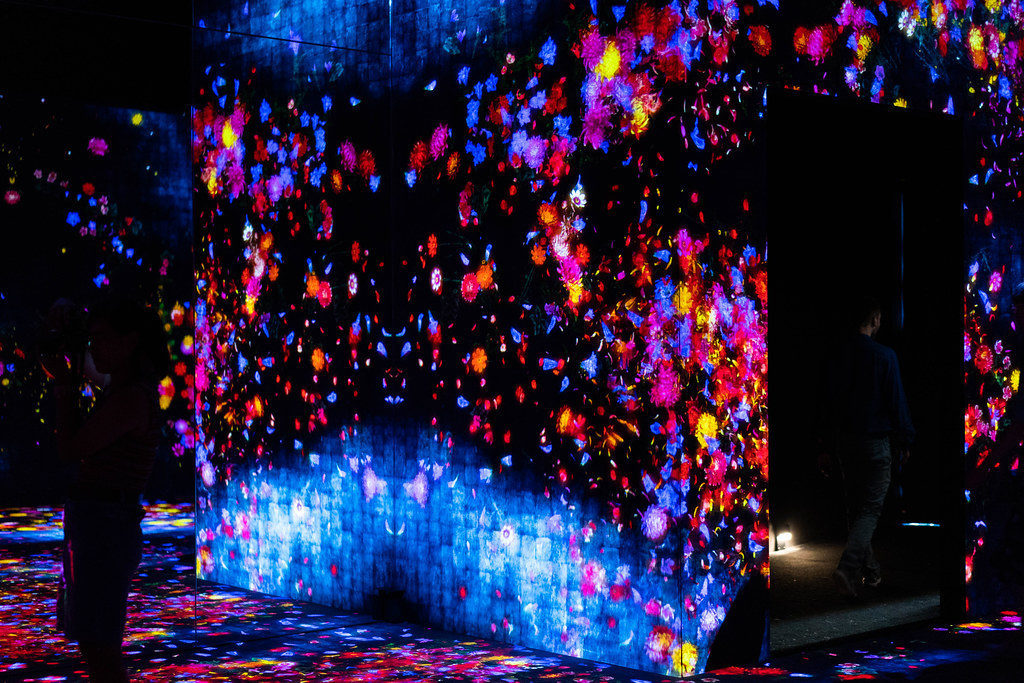Digital and hybrid events
Celebrating International Museum Day: Embracing Digital and Hybrid Events
In recent years, the International Council of Museums (ICOM) has lead a transformative shift in the way we celebrate International Museum Day. Since 2020, amidst global challenges and technological advancements, ICOM has promoted the integration of digital tools and innovation into the fabric of this annual celebration. Recognizing the evolving landscape of cultural engagement, ICOM’s strategic plan emphasizes the importance of embracing digital platforms to reach broader audiences and foster a deeper connection with cultural heritage.

REACH YOUR PUBLIC REMOTELY
One of the key pillars of ICOM’s strategic vision is the promotion of activities that harness the power of digital and hybrid events. In an era marked by rapid technological advancement, museums are embracing these innovative approaches to engage with audiences beyond physical boundaries. Through digital exhibitions, virtual tours, and interactive online experiences, museums are transcending geographical constraints, allowing people from all corners of the globe to explore and appreciate diverse cultural narratives.
THE VOICE
As we have seen, museum directors and curators have long started to narrate their collections themselves: initiatives such as “Ask a curator” or “Le passeggiate del Direttore” (The Director’s walks) recently promoted by the Egyptian Museum of Turin, are useful tools to give a personal touch to your digital activities. But what about the other, more discreet but fundamental, voices that make up a museum? Why not involve your entire staff, to talk about your collections or just about what is going on in the world right now? Or your visitors and volunteers, asking them what led them to love your institution, what made them feel included?
THE AUDIENCE
As we suggest in our step by step guide for organising IMD activities, we recommend you to target a specific public/demographic (such as children, senior citizens, a minority, etc.).
Central to the success of digital and hybrid events for International Museum Day is the involvement of a specific audience. For example, activities that engage with the younger generation are not only vital for the sustainability of cultural institutions, but also essential for fostering a sense of ownership and relevance among future custodians of our heritage. By tailoring digital experiences to resonate with the interests and preferences of young audiences, museums can ignite a passion for cultural exploration and preservation from an early age.
International Museum Day Interactive Map: A Gateway to Global Cultural Celebration
The 2024 International Museum Day’s Interactive Map stands as a beacon of innovation, offering a dynamic platform to showcase events on a global scale. This revolutionary tool not only provides a comprehensive overview of the diverse array of activities taking place in celebration of International Museum Day but also offers users an immersive journey through the rich tapestry of global cultural heritage. With just a few clicks, visitors can explore virtual exhibitions, interactive workshops, and live performances hosted by museums from every corner of the globe.
Adding Your Event to the Interactive Map: A Simple Guide to Global Visibility
To add your event to the map, simply fill out our user-friendly survey available in English, Spanish, or French. Provide essential information about your event, including its title, location, date, a brief description, etc. Additionally, you’ll have the opportunity to upload captivating visuals and multimedia content to enhance your event listing. Once you’ve completed the survey, click submit to have it appear on the Interactive Map. By sharing your event with the global community, you’re not only amplifying its reach but also contributing to the collective celebration of cultural diversity and creativity on International Museum Day. Join us in showcasing the richness of our cultural heritage and connecting with audiences around the world!